The success of any business hinges on its ability to keep clients happy and satisfied. You must understand your clients' needs and concerns. One of the most effective ways to gather this valuable information is through a Client Satisfaction Questionnaire. These surveys provide direct feedback from clients, allowing businesses to adjust their services, improve their products, and ultimately foster stronger relationships with their customers.

Part 1. Why is a Client Satisfaction Survey Important?
A Client Satisfaction Questionnaire is a survey designed to gather feedback from clients regarding their experience with a product, service, or business. These questionnaires help companies understand client satisfaction levels, identify areas for improvement, and pinpoint what aspects of the service or product are working well.
The questionnaire can be distributed in various formats, such as online surveys, printed forms, or via email. By asking targeted questions, businesses can assess key areas like product quality, customer service, timeliness, and overall experience.
Gathering feedback from clients is crucial for maintaining a competitive edge. A well-structured client satisfaction questionnaire provides several benefits:
1. Improvement Opportunities
Client feedback can highlight gaps or shortcomings in your service, giving you an opportunity to make meaningful changes. Without this feedback, it’s difficult to know what adjustments are necessary.
2. Building Loyalty
Clients who feel heard and valued are more likely to remain loyal to your business. By asking for their input and acting on it, you can strengthen the client relationship and encourage repeat business.
3. Performance Measurement
Regularly measuring client satisfaction helps track performance over time. Are you improving? Are clients happier with your services now compared to last year? Questionnaires offer a way to monitor these changes.
4. Preventing Client Churn
Dissatisfied clients are less likely to express their dissatisfaction directly. A client satisfaction questionnaire gives them a safe platform to voice concerns before they consider leaving.
5. Product and Service Innovation
By analyzing the data gathered from client satisfaction surveys, businesses can innovate and improve their offerings, thus staying relevant in a fast-paced market.
Part 2. How to Design an Effective Client Satisfaction Questionnaire
STEP 1. Choose a Form Template
Select the "Customer Satisfaction Survey" from the variety of available templates. Click "Use this template," and follow the instructions to sign up and log in to start using it.
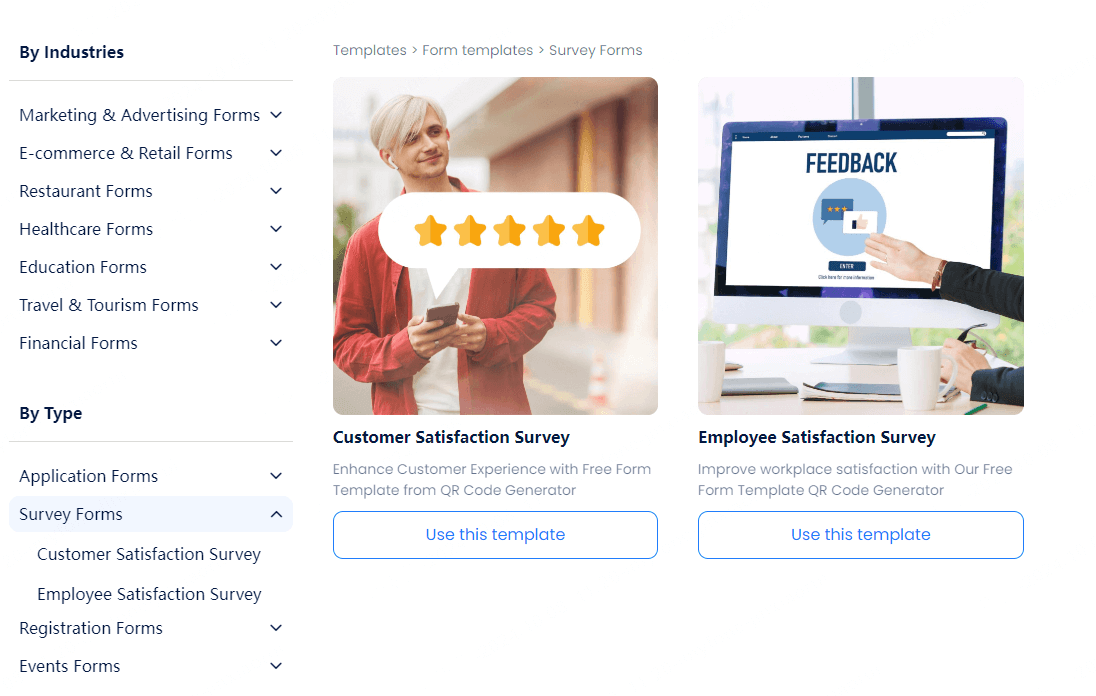
STEP 2. Modify & Customize the Form Content
The template automatically includes basic fields such as "How well does our service meet your needs?"
You can modify and add content based on the tips mentioned above to better suit your needs. Simply click the module you want to add on the left side of the dashboard, then edit the text on the right.
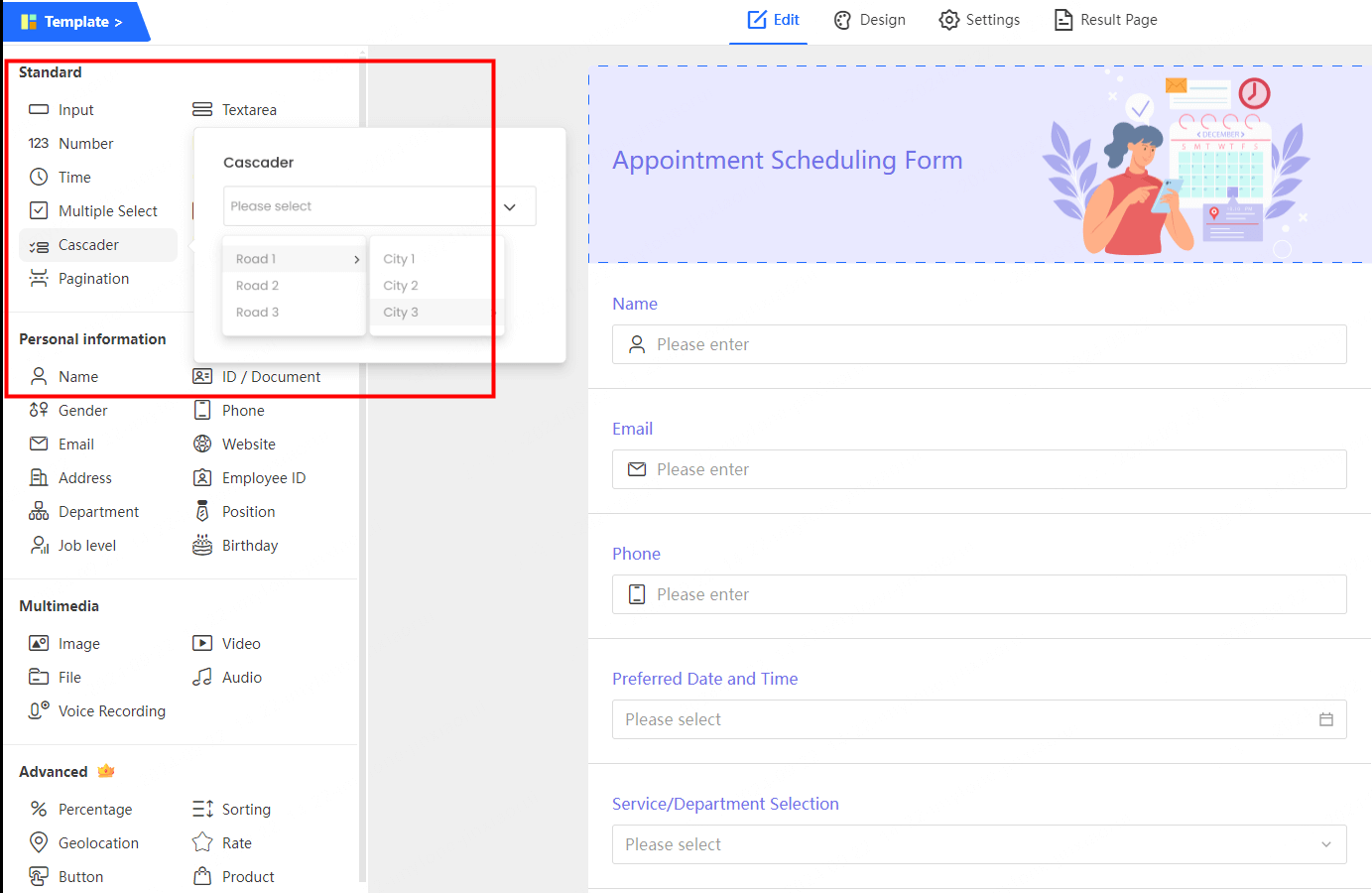
STEP 3. Design the Form Style
After setting up the content, you can customize the form’s colors, theme, and other design elements.
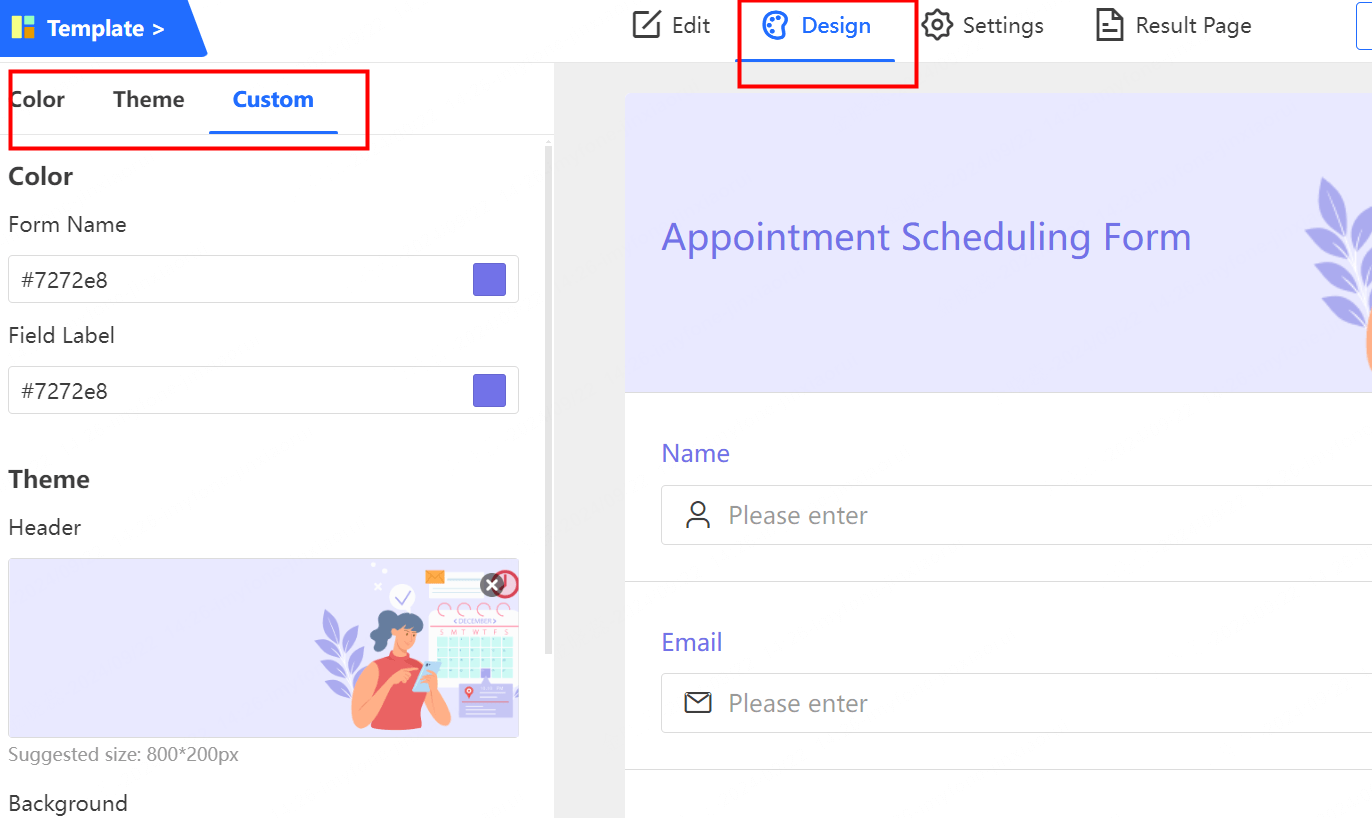
STEP 4. Set Permissions and Save
Adjust the form’s access permissions and set up email notifications as per your needs. Then click save.
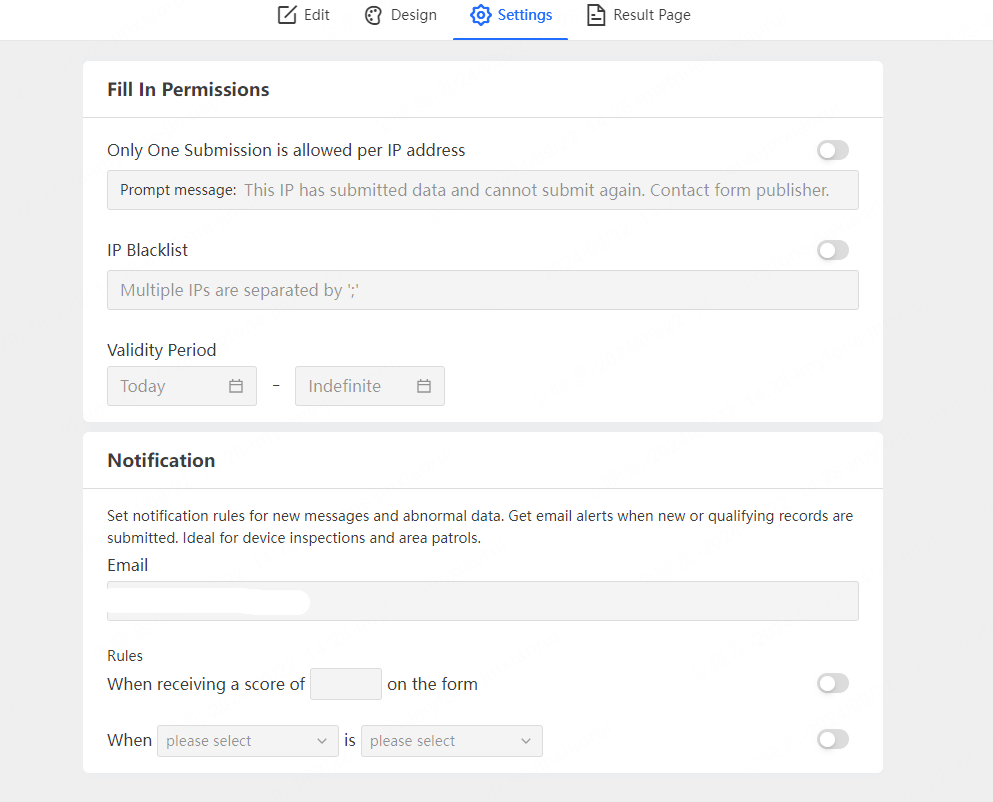
STEP 5. Generate a QR Code for Easy Sharing
A pop-up will ask if you want to generate a QR code. Click "OK," and you'll be automatically directed to the QR code editor page.
Select "Next," follow the prompts to design a QR code that fits your brand’s style, and then click "Generate."
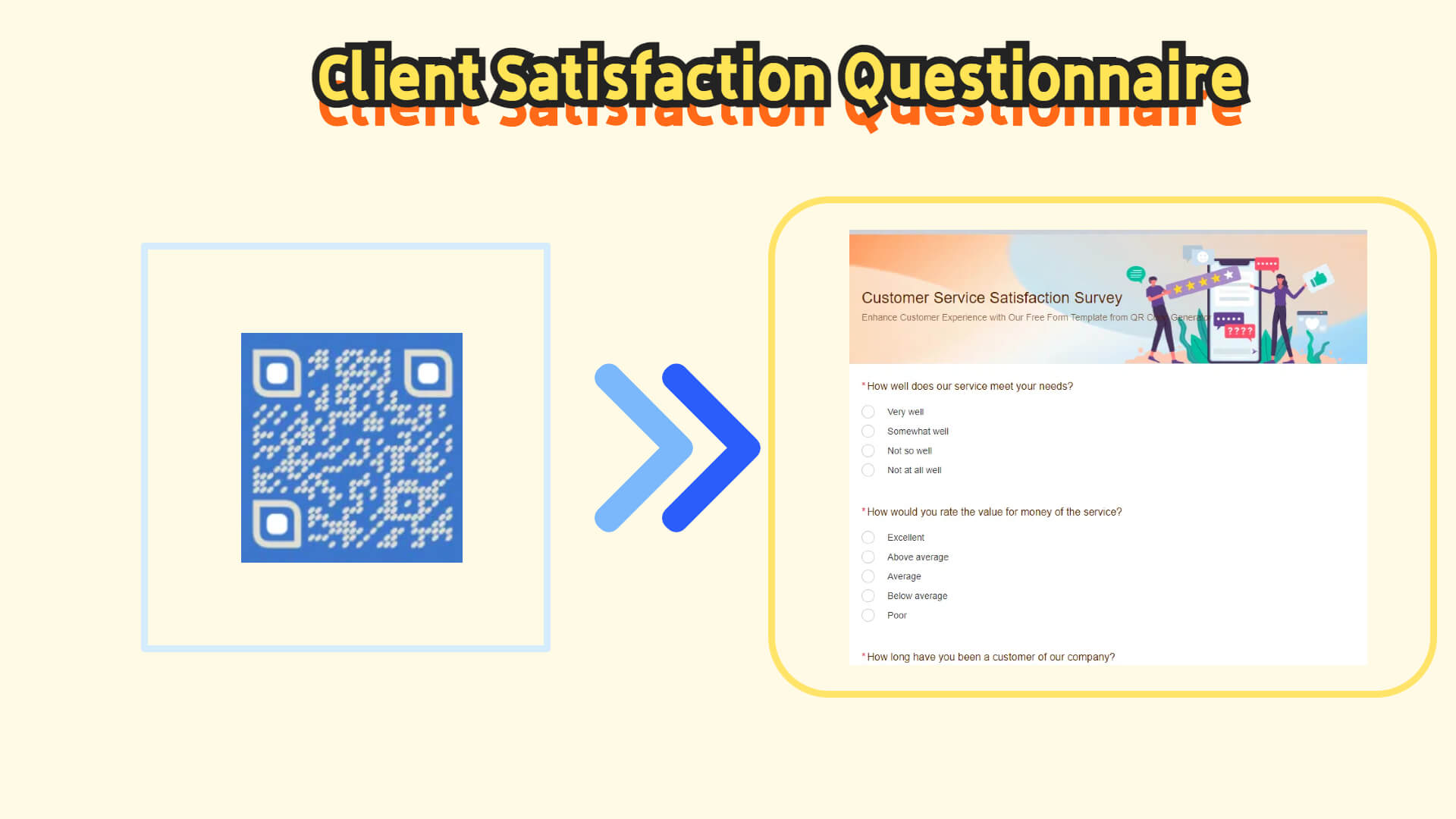
STEP 6. Share the Form
Once your form is ready, share it via email, social media, or your website. You can use the QR code on posters, flyers, or digital marketing materials to reach more participants. Try it now!
Part 3. Questions to Ask Customers About Your Service
When designing your client satisfaction questionnaire, it’s important to ask questions that cover all areas of the customer experience. Here are some categories of questions you should consider:
1. Overall Satisfaction
Questions that gauge the client’s general level of satisfaction with your services or products.
- How satisfied are you with our product/service overall?
- How well does our service meet your expectations?
2. Product Quality
These questions focus on the specific features and quality of your product or service.
- How would you rate the quality of the product you received?
- Does the product meet your needs?
3. Customer Service
Understanding how clients perceive your customer support and service.
- How satisfied are you with the level of customer service you received?
- Was our team helpful and knowledgeable when addressing your concerns?
4. Timeliness and Reliability
Questions related to how quickly and reliably the service or product was delivered.
- Was your order delivered on time?
- How would you rate the reliability of our services?
5. Value for Money
It's important to know whether your clients feel they’re getting their money’s worth.
- How satisfied are you with the value for money of the product/service?
- Is our pricing fair for the quality of service/product you received?
6. Likelihood of Recommendation
This is one of the strongest indicators of client satisfaction—how likely are they to recommend your business to others?
- On a scale of 1 to 10, how likely are you to recommend our service/product to a friend or colleague?
- Would you recommend our business to others? Why or why not?
7. Open-Ended Questions
These questions allow clients to give more detailed feedback and can uncover specific issues or ideas for improvement.
- What could we do to improve your experience?
- Is there anything you think we should add to our product/service offering?
Part 4. Best Practices for Analyzing and Acting on Survey Data
1. Segment Responses
Break down the responses by different client demographics, such as location, type of service purchased, or length of client relationship. This allows you to identify trends and differences in satisfaction across various client groups.
2. Look for Common Themes
When analyzing qualitative data, look for recurring themes or concerns. If multiple clients highlight the same issue, it’s a strong indication that it needs to be addressed.
3. Prioritize Areas for Improvement
Not all feedback can be acted on immediately. Prioritize the areas that are most critical to client satisfaction and where you have the most opportunity for improvement.
4. Follow Up with Clients
If a client expresses serious dissatisfaction, take the time to follow up with them personally. Addressing their concerns directly can turn a negative experience into a positive one and may even prevent them from leaving.
Conclusion
A well-crafted Client Satisfaction Questionnaire offers invaluable insight into your clients’ experiences, helping you improve your offerings, build stronger relationships, and foster loyalty. By regularly collecting and acting on client feedback, you can ensure that your business continues to meet and exceed client expectations.









Rated Successfully!
You have already rated this article!